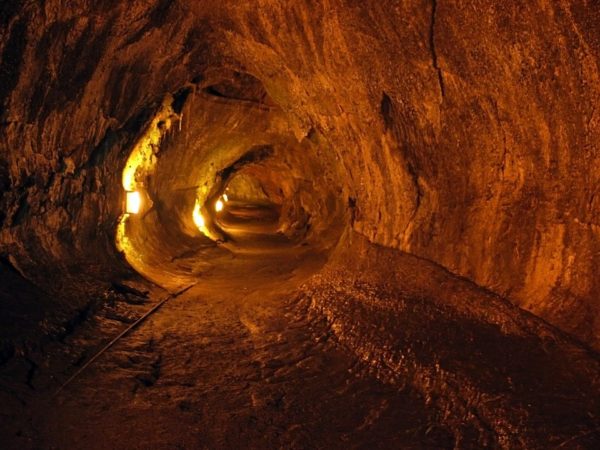
There’s no safe place to camp out on Mars. But a team of researchers has identified what could be future Martian explorers’ best possible hideout: a string of lava tubes in the low-lying Hellas Planitia — an impact basin blasted into the Red Planet’s surface by ancient meteor impacts.
Every part of Mars could kill you. Its surface is arid, starved of oxygen and blasted daily with unrelenting, unfiltered solar radiation. Any future Martian explorers will put their lives in peril when they embark. NASA has decades of experience hauling oxygen, food and water beyond Earth. But that last killer, the radiation, is a harder problem to tackle.
On Earth, a powerful magnetic shield, known as the magnetosphere, protects us from the harsh radiation of space. Without it, a constant stream of electromagnetic rays would damage our cells and DNA, with dire consequences to our health. Ionized particles, streaming through space as slower-moving solar wind or relativistic cosmic rays add to that risk. And we know from the experiences of the only humans to exit the magnetosphere — Apollo astronauts — that even a few days’ exposure to those particles can trigger headaches, flashes of light and cataracts, the researchers of the new study noted in their new paper. Plus, there’s always the risk that a solar flare or cosmic ray burst could expose a Martian habitat to a sudden, deadly dose.


